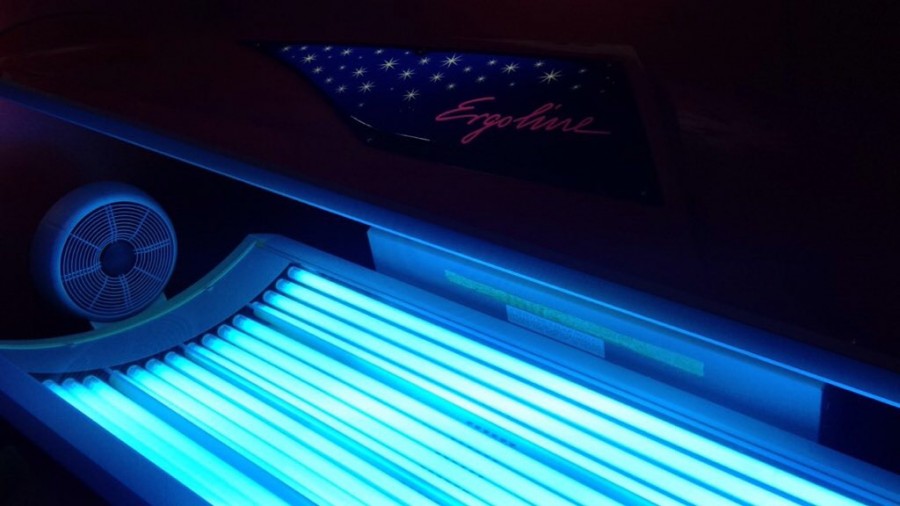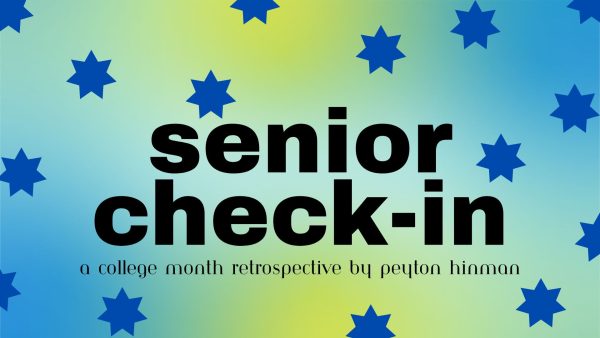Congresswoman wants indoor tanning to be illegal for minors
IMAGE / Lauren Richardson
When the summer sun goes away, the indoor tanning beds tend to become a popular substitute for the desired tan for people of all ages.
Although, a tan is not the only thing given when indoor tanning beds are used. The risk of skin cancer comes along as well.
Currently in Michigan, teenagers under 18 can use the indoor tanning salon with the approval and signature from their parent or guardian, which is also the law in 39 out of the 50 states.
Some U.S. House members, especially U.S. Rep. Rosa DeLauro, D-Conn, are on a mission to prohibit anyone under the age of 18 across the nation from tanning due to its damaging effects.
The states of California, Delaware, Illinois, Louisiana, Minnesota, Nevada, New Hampshire, North Carolina, Oregon, Texas, and Vermont have banned the use of tanning beds for all minors under 18.
Melanoma, a form of skin cancer, is the most common of these risks, according to a report by CNN.
Senior Megan Livingston enjoys the look of being tan but is not too afraid of what could come from it.
“I tan for the simple fact of I like being tan,” Livingston said. “The risks of tanning do scare me, but for the amount I tan I don’t believe the effects pertain to me as much.”
Mrs. Amy Graham, health teacher, is completely against the use of indoor tanning beds.
“Ultimately, it (tanning) could kill someone,” Graham said.
Once someone who tans gets cancer, Graham said it is a difficult medical process to go through in order to try to beat the cancer.
“I mean, they (cancer patients) have to go through chemotherapy, radiation. They have scarring from having those areas removed,” Graham said. “It’s a huge scar. It is not just one little spot that they get. They have to get all the tissue around it to get what is called clear margins (no cancerous cells left).”
According to the Skin Cancer Foundation, just one use of a tanning bed increases one’s chances of being diagnosed with melanoma by 20 percent.
Each session after that within a year increases one’s chances by another 2 percent every time.
Melanoma rates have grown by 3 percent each year since 1992 among white women.
Junior Kaitlyn Alburtus works at a tanning salon. She gets a firsthand experience with indoor tanning and all of the people who use it.
She sees people of all ages come to the salon, and she said none of the customers she knows have showed any signs of melanoma.
“Ages range all over the place when people come in to tan. We see teenagers and even the elderly almost every day.” Alburtus said. “I have never seen anyone experience the risks with tanning. No one at the salon has had skin cancer from what I’ve seen.”
As an employee of a tanning salon, Alburtus is against a federal law against tanning if under 18.
“I believe that if teens are told the risks they should be able to make the choice themselves whether or not it’s good for their body,” Alburtus said. “It’s not anything that could harm them mentally, and there are a lot of things people can do to prevent those things (skin cancer and other skin diseases) from happening while using the indoor tanning beds.”
Livingston is in mutual agreement, but does not feel as strongly about it.
“I do not think it’s a bad law, but I think with a parental signature anyone under the age of 18 should be allowed to tan,” Livingston said.
Graham has a different opinion pertaining to the use of tanning beds and any proposal to stop teenagers from tanning.
“I think any kind of regulations is a good idea. It’s another way to get the point across that it is damaging,” Graham said. “If you have ever known anyone with skin cancer, you would see the damaging effects, and to knowingly put yourself in the position proven to cause skin cancer, well, I am totally against it.”

Class: Junior
Extracurricular Activities: Dance
Hobbies/Interests: Shopping, music, dancing, sleeping
Plans after high school: Attending Michigan...





